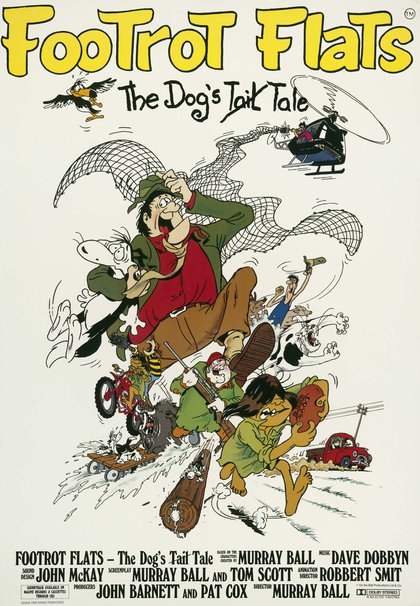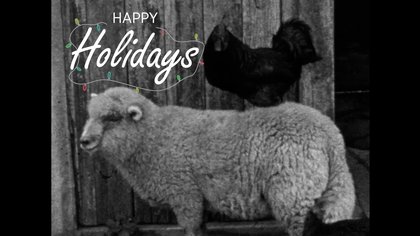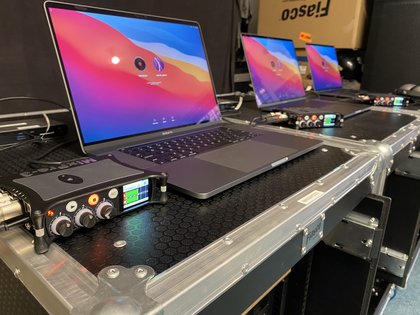Nau mai ki te pūranga taonga ataata-rongo o Aotearoa – Welcome to the audiovisual archive of Aotearoa New Zealand
Rapua te kohinga – Search the collection
Ka pupuritia, ka maimoatia hoki e mātou ngā taonga ataata-rongo o Aotearoa.
We store and cherish the stories, creativity and history of Aotearoa in sound and moving image.
Dawn Raids in the Archive
On the 50th anniversary of the Dawn Raids, we look at how the events are represented in our archive.
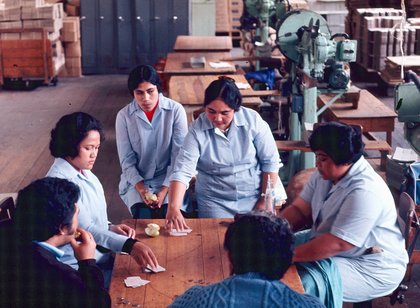
From Pageant to Hīkoi
Our annual Waitangi Day programme for 2024.
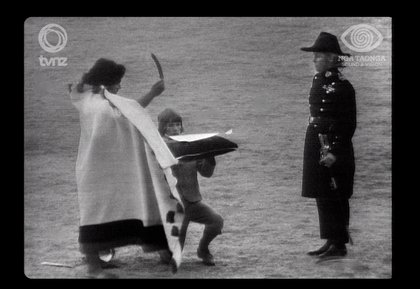
Aotearoa New Zealand’s first talkies
A look at how homegrown sound-on-film technology changed the making and showing of feature films in the 1930s.
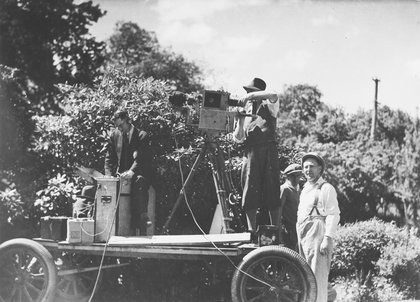
Footrot Flats: The Producer’s Tale
Producer John Barnett reflects on the film that brought Murray Ball's beloved comic strip to life on the big screen.
